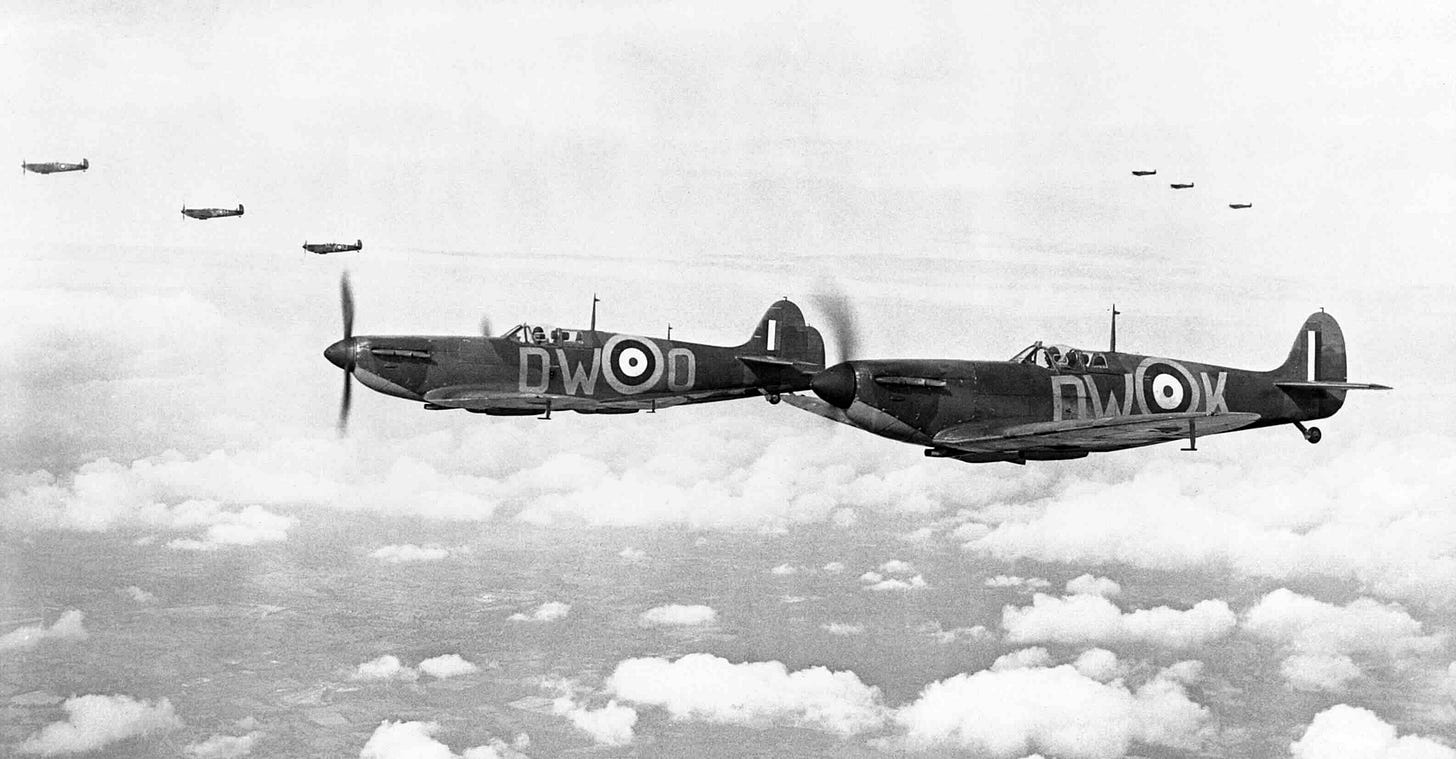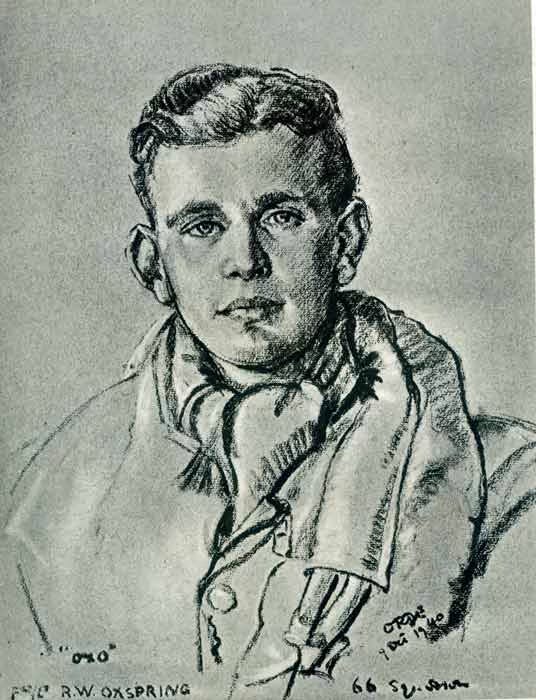Exiting a burning Spitfire
25th October 1940: Until modifications were made to the canopy, it was often an ordeal to bale out from the early Spitfires


Some historians may argue that the Battle of Britain was drawing to a close at the end of October. The most immediate threat of invasion had now passed, and the Luftwaffe was shifting to night bombing rather than daylight raids. But for the RAF fighter squadrons based in the south of England, there was no sense of ‘winding down’. There were still plenty of probing attacks from the German fighter-bombers, while separate groups of fighters sought to ambush the interceptors.
For Bobby Oxspring1, flying with No. 66 Squadron based at Gravesend, the 25th October was to be a memorable day:
I was leading B flight on a standing patrol in the Maidstone area. The six of us had been airborne for nearly an hour when Biggin Hill control alerted us to a six plus hostile raid approaching North Foreland and vectored us eastward to intercept it. We were flying at 30,000 feet, which was just about maximum altitude for station keeping in battle formation, and as we approached the coast we sighted an enemy gaggle coming inland towards Canterbury.
I counted six Messerschmitt 109 E’s in loose line abreast and their heading was taking them beneath us in the opposite direction. For the first time in the conflict we had all the advantage. We were up sun, we had superior height, we were equal in number and it appeared that they hadn’t yet seen us. I put the flight into line astern and ordered the attack advising that there was one for each of us.
Keep reading with a 7-day free trial
Subscribe to World War II Today to keep reading this post and get 7 days of free access to the full post archives.


